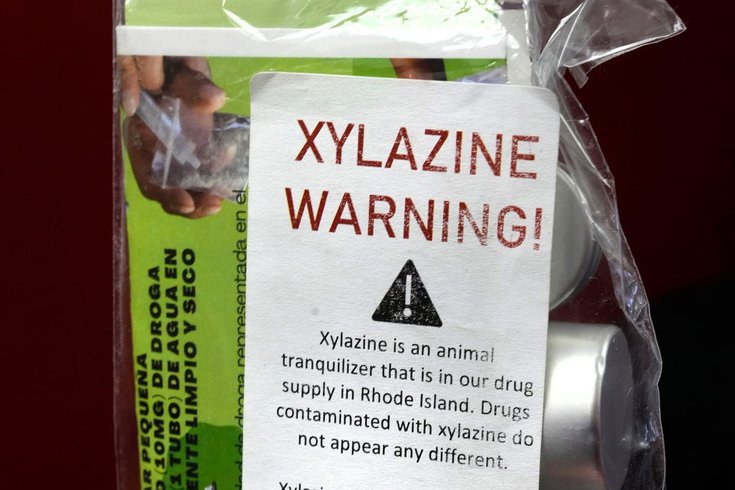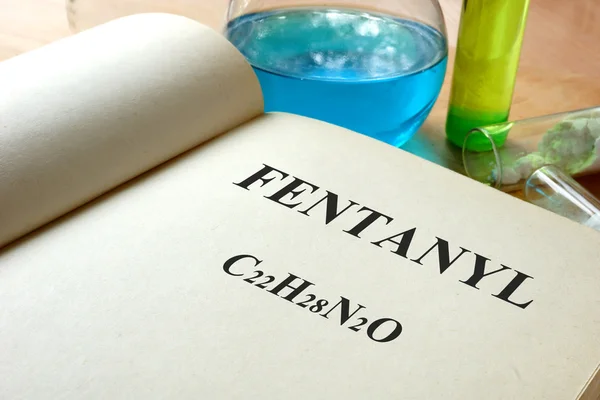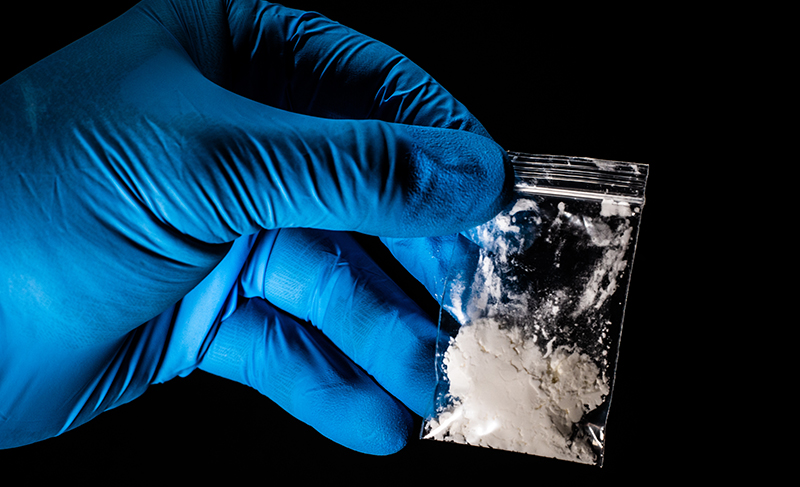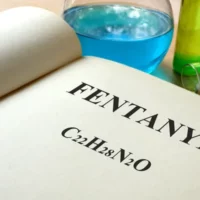Xylazine has become a massive threat in the United States, but what is Xylazine? It is a powerful sedative that is primarily used as a veterinary medicine to sedate large animals. Typically used for animals like horses during surgical procedures. However, it is also used illicitly as a recreational drug. Often in combination with other substances such as fentanyl, heroin or cocaine. When used illicitly, it is often referred to as “Tranq”, “Tranq Dope”, “sleep-cut”, “Philly Dope” or “Zombie Drug” in slang or street terms. The drug has been referred to as a zombie drug because it has the ability to rot skin.
The sedative belongs to a class of drugs known as alpha-2 adrenergic agonists. It acts by depressing the central nervous system. Xylazine is a potent drug with a high potential for abuse and dependence. When used recreationally, it can produce a range of effects. Most notably are sedation, drowsiness, and a feeling of dissociation or detachment from reality. However, these effects can be unpredictable and vary depending on the dose and method of administration.
Xylazine can also have serious side effects, particularly when used in high doses or in combination with other drugs. These can include respiratory depression, seizures, coma, and even death. In addition, the use of xylazine can lead to physical and psychological dependence, which can make it difficult to stop using the drug even in the face of serious negative consequences.

What is Xylzine & Why is it so Dangerous?
It is important to note that the use of xylazine outside of a veterinary setting is illegal and can be extremely dangerous. Anyone who is struggling with substance abuse, including the misuse of xylazine, should seek professional help to overcome their addiction and avoid the serious risks associated with drug abuse. The United States Drug Enforcement Administration (DEA) reports major abuse of this drug in March 2023.
SoRite DECON Can Help
SoRite DECON eradicates xylazine in 60 seconds. Unlike other decontaminants, SoRite DECON uses a low concentration of Sodium Chlorite, making it safer to use without protective equipment and achieving the lowest toxicity category.












